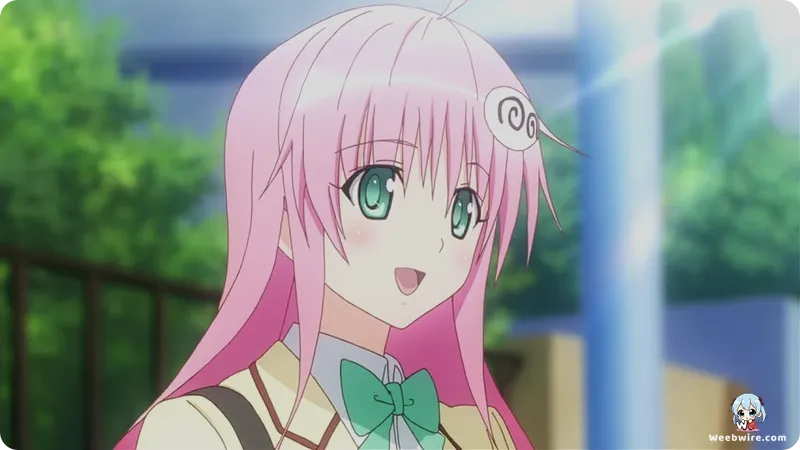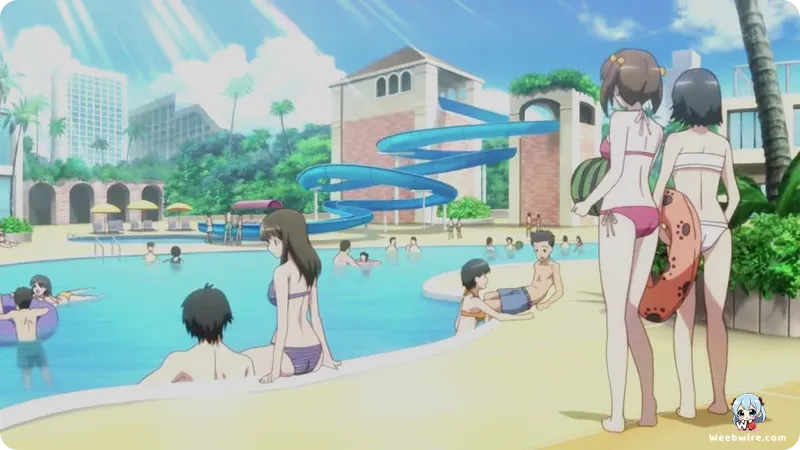Motto To Love Ru: Re-examining the Anime Season That Defined Ecchi Comedy and Character Depth

Motto To Love Ru, the 2010 second season of the beloved To Love Ru franchise, continues to captivate audiences with its distinctive blend of sci-fi romance, uproarious comedy, and unashamed ecchi elements. While the inaugural series introduced viewers to the chaotic world of Rito Yuuki, Motto To Love Ru carved its own niche, offering a deeper, more intimate exploration of its expansive ensemble cast. This critically acclaimed installment distinguished itself through an innovative narrative structure and an amplified focus on character-driven humor and fan service, revealing a plethora of intriguing details often missed by casual viewers.
Innovative Episodic Format
A defining characteristic is its groundbreaking episodic format. Diverging from its predecessor's continuous storyline, each 24-minute episode typically presented two self-contained mini-stories. This deliberate structural choice by animation studio Xebec and the production team proved pivotal, allowing them to seamlessly adapt a wider array of one-shot chapters and shorter arcs from Kentaro Yabuki and Saki Hasemi's original manga. This flexibility ensured that content, which might not have fit into a traditional serialized narrative, could be brought to life. The result was a rapid-fire comedic pace that kept viewers constantly engaged with fresh scenarios and dynamic character pairings, maximizing the series' potential for diverse comedic situations and abundant fan service.
Deepening Character Dynamics
The season masterfully shifted its focus to individual character dynamics. While Rito's perennial romantic entanglements with Lala and his lingering affections for Haruna remained central, Motto To Love Ru dedicated significant screen time to unraveling the unique quirks of its vast supporting cast. Golden Darkness (Yami) evolved, revealing a subtle attachment to Rito and a fondness for taiyaki. Lala's outlandish inventions escalated into comedic mayhem, catalyzing Rito's notorious accidental perversions. Haruna Sairenji's shy confessions provided endearing romantic counterpoint, her blunders a beloved running gag. Rito's younger sister, Mikan Yuuki, grounded the pandemonium as the mature voice of reason, a crucial domestic anchor amidst the chaos.

Studio Xebec's animation further enhanced its appeal, imbuing the adaptation with vibrant, fluid quality crucial for its fast-paced nature, ensuring visual impact for every comedic reaction and fantastical invention. The series also embraced its ecchi classification with even greater enthusiasm, pushing boundaries of suggestive humor and fan service to become a genre benchmark.
Ultimately, Motto To Love Ru transcends mere continuation, emerging as a significant evolution within the To Love Ru saga. By embracing an innovative episodic structure, deepening character interactions, and amplifying its signature blend of comedy and ecchi, it solidified cherished tropes and gifted fans countless memorable moments. It remains a powerful testament to the creative vision of its authors and animators, offering enduring appeal for fans, both old and new.
Credits
Motto To Love Ru
Author
Saki Hasemi (story), Kentaro Yabuki (art)
Cover Art
Kentaro Yabuki
Studio
Xebec
Publisher
Shueisha
Producers





